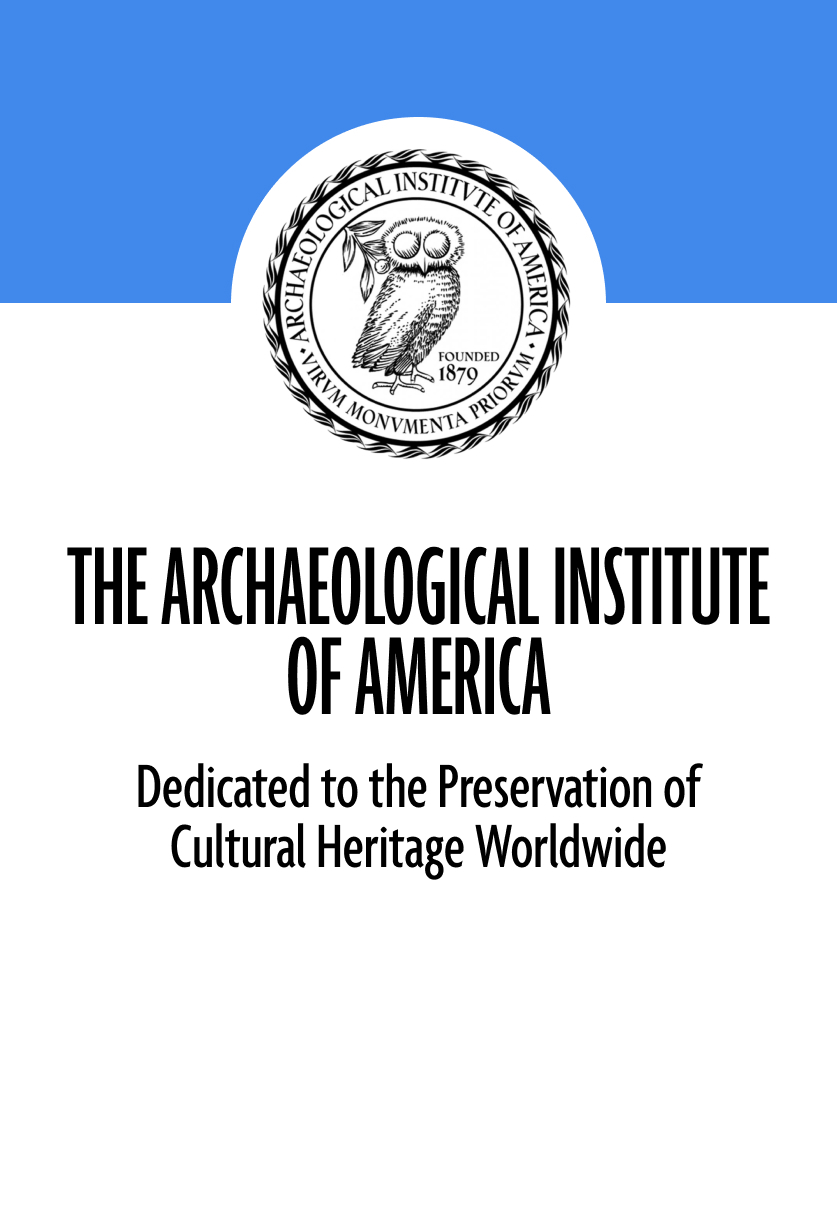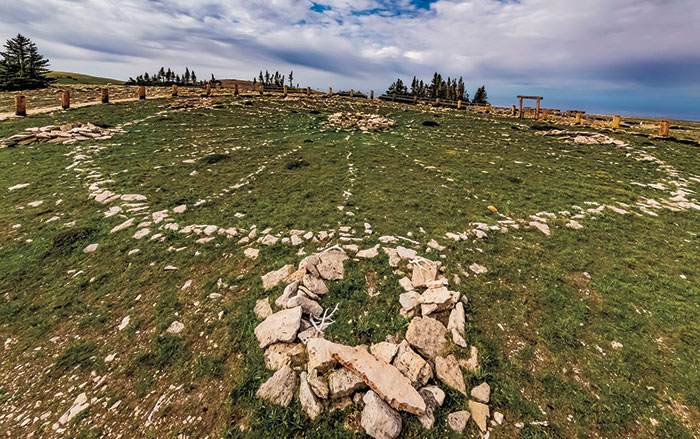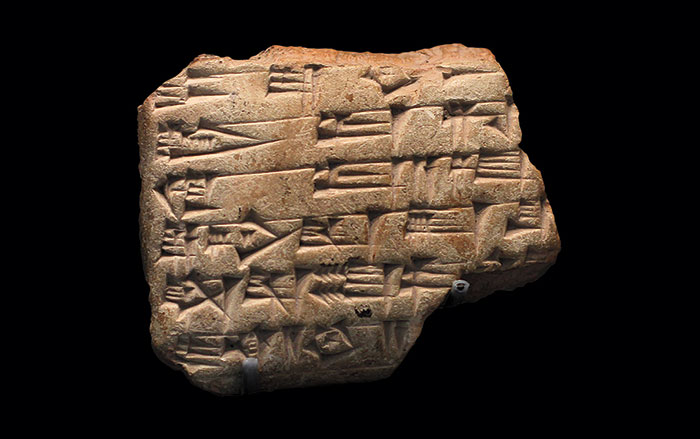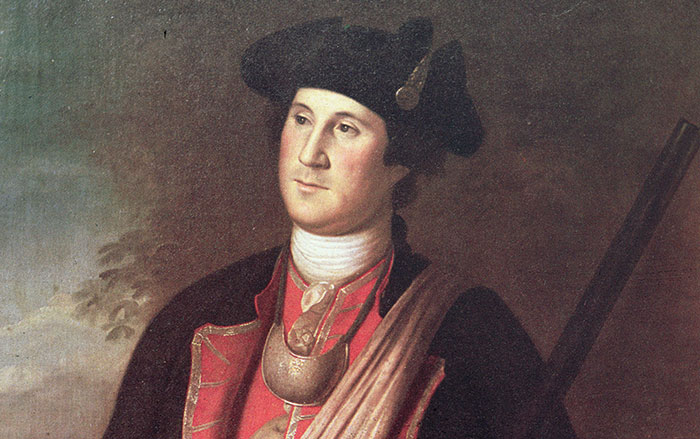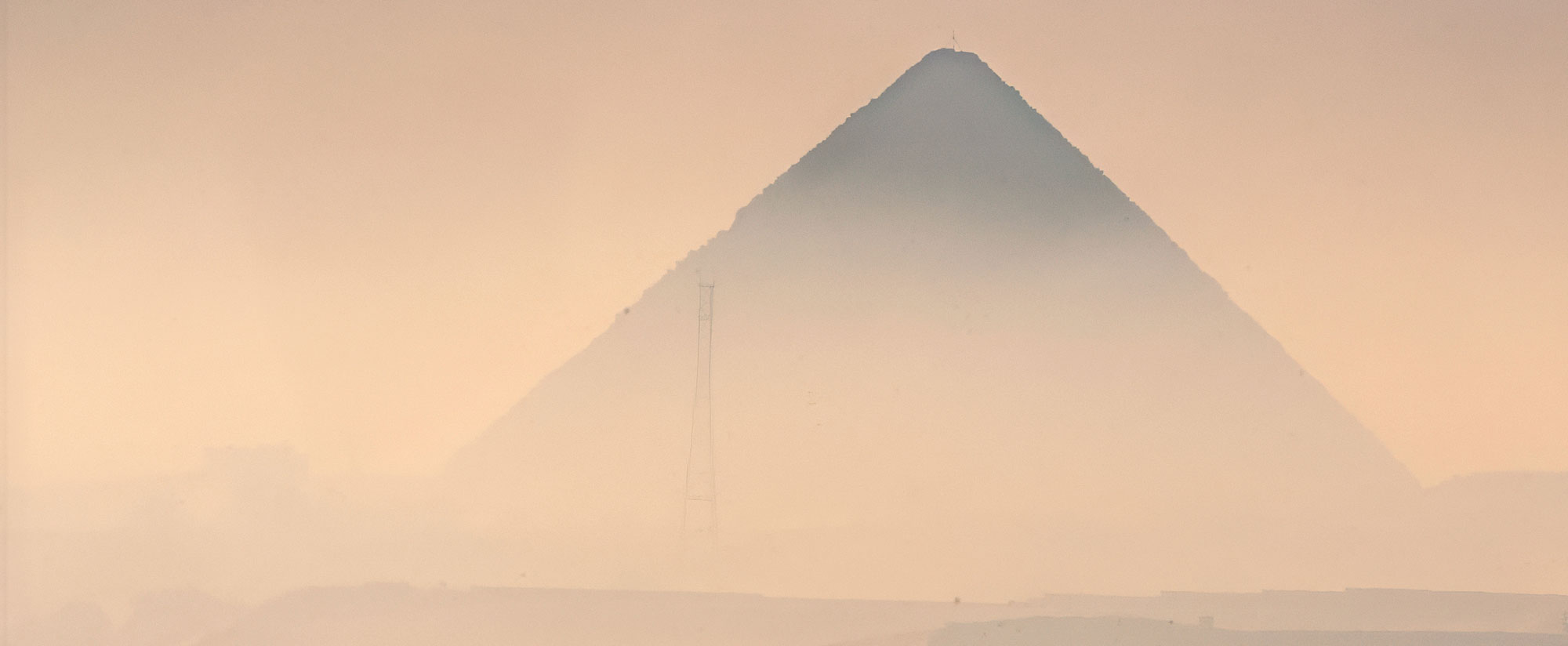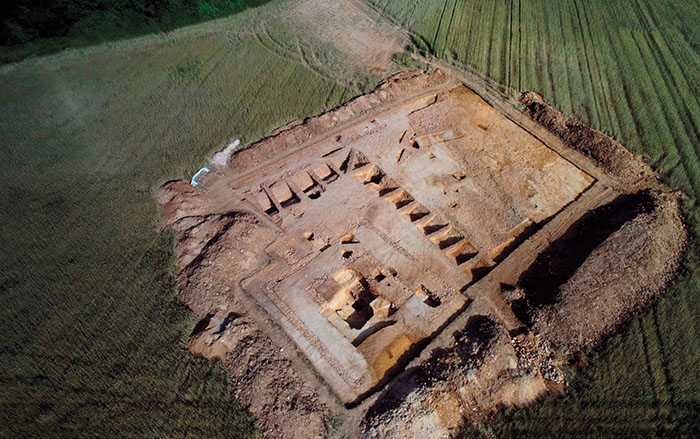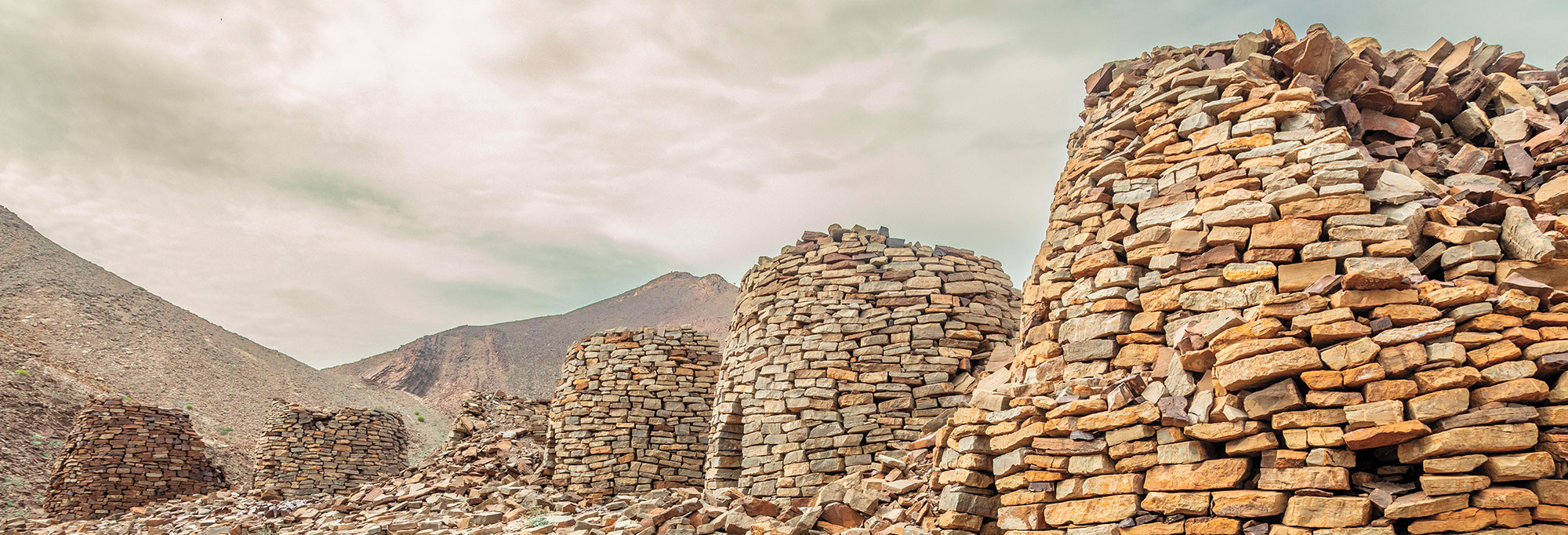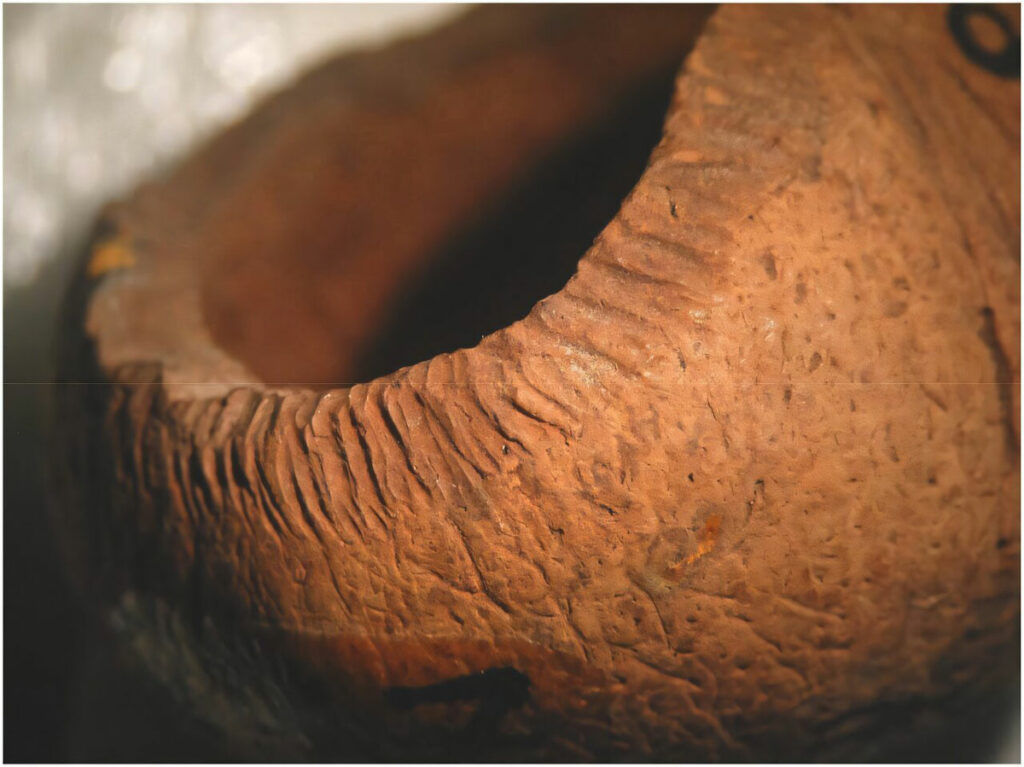
TUCSON, ARIZONA—Phys.org reports that Polynesian rats (Rattus exulans) may have played a larger role in the deforestation of Rapa Nui than previously thought. Some 15 million Rapa Nui palm trees (Paschalococos disperta) are estimated to have covered Easter Island before the arrival of Polynesians around A.D. 1200. When Europeans arrived in 1722, they observed just a few isolated trees, grasses, and shrubs. Terry Hunt of the University of Arizona and Carl Lipo of the University of Birmingham developed an ecological model of the island and found that a single pair of rats, feasting on nutritious palm nuts, could grow into a population of more than 11 million in less than 50 years. “Rats reached every corner of the island within decades of human arrival, chewing through palm seeds and stopping the next generation of trees before they could even sprout. People cleared land for gardens near the coast, but the rats preceded them in number and spread over the island,” Hunt said. To read about another discovery on Easter Island, go to "Around the World: Chile."
